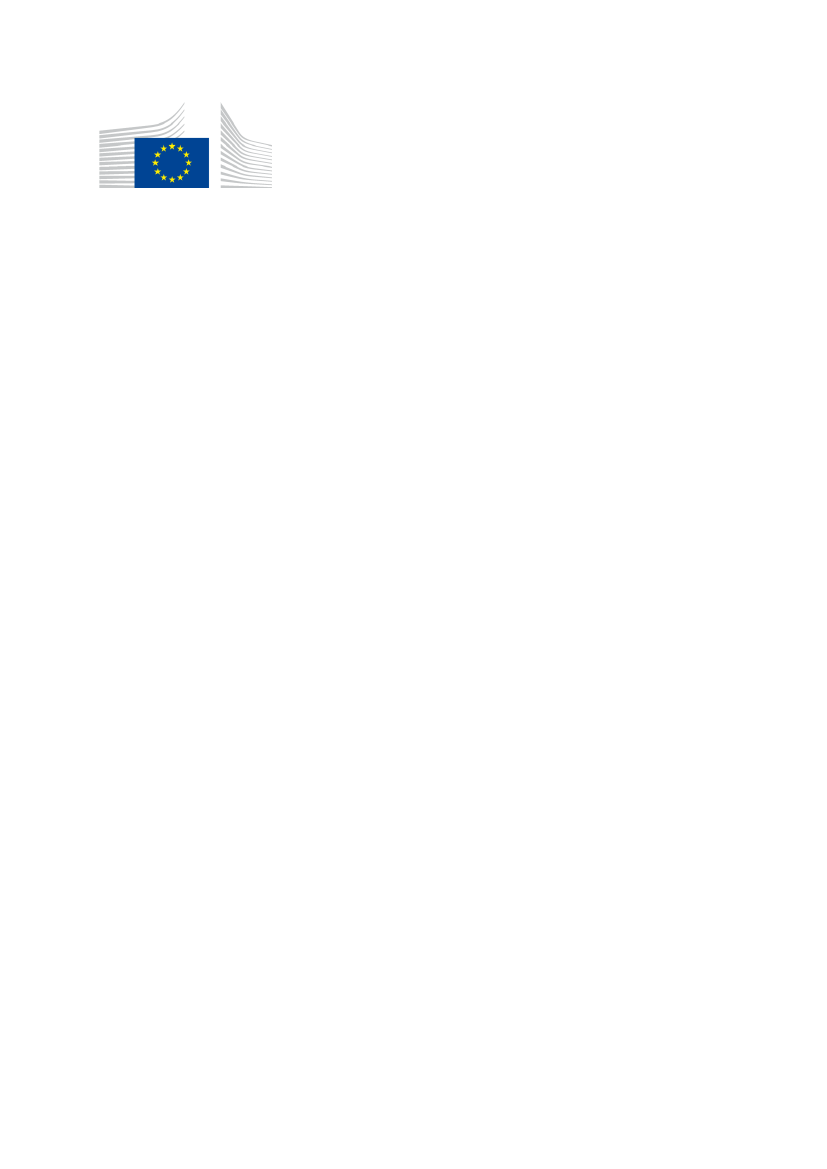
EUROPEAN
COMMISSION
Brussels, 28.5.2018
SWD(2018) 254 final
PART 2/3
COMMISSION STAFF WORKING DOCUMENT
IMPACT ASSESSMENT
Reducing Marine Litter: action on single use plastics and fishing gear
Accompanying the document
Proposal for a Directive of the European Parliament and of the Council on the reduction
of the impact of certain plastic products on the environment
{COM(2018) 340 final} - {SEC(2018) 253 final} - {SWD(2018) 255 final} -
{SWD(2018) 256 final} - {SWD(2018) 257 final}
EN
EN